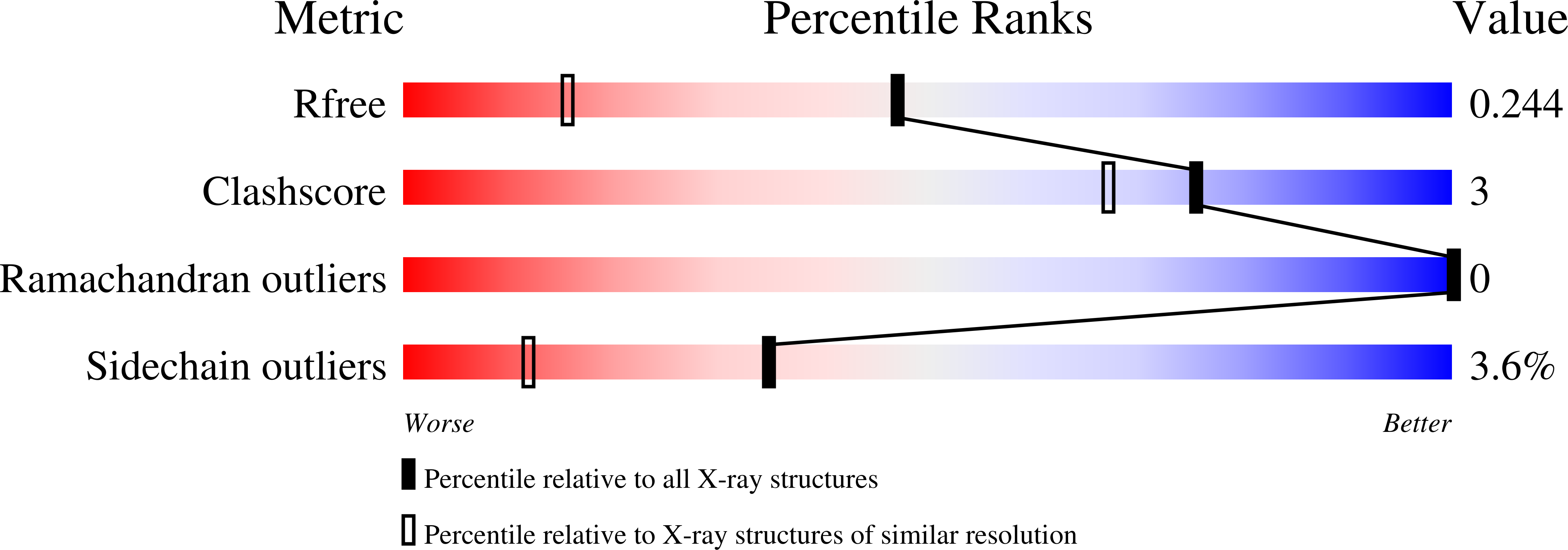Abstact
Aequoria victoria green fluorescent protein (GFP) is a revolutionary molecular biology tool because of its spontaneous peptide backbone cyclization and chromophore formation from residues Ser65, Tyr66, and Gly67. Here we use structure-based design, comprehensive targeted mutagenesis, and high-resolution crystallography to probe the significant functional role of conserved Arg96 (R96) in chromophore maturation. The R96M GFP variant, in which the R96M side chain is similar in volume but lacks the R96 positive charge, exhibits dramatically slower chromophore maturation kinetics (from hours to months). Comparison of the precyclized conformation of the chromophore-forming residues with the mature R96M chromophore reveals a similar Y66 conformer, contrary to the large Y66 conformational change previously defined in the slowly maturing R96A variant [Barondeau, D. P., Putnam, C. D., Kassmann, C. J., Tainer, J. A., and Getzoff, E. D. (2003) Proc. Natl. Acad. Sci. U.S.A. 100, 12111-12116]. Comprehensive R96 mutagenesis and fluorescent colony screening indicate that only the R96K substitution restores wild-type maturation kinetics. Further, we show that the slowly maturing R96A variant can be complemented with a Q183R second-site mutation designed to restore the missing R96 positive charge and rapid fluorophore biosynthesis. Moreover, comparative structural analysis of R96M, R96K, R96A/Q183R, and wild-type GFP reveals the importance of the presence of positive charge, rather than its exact position. Together, these structural, mutational, and biochemical results establish a pivotal role for the R96 positive charge in accelerating the GFP post-translational modification, with implications for peptide backbone cyclization in GFP, its homologues, and related biological systems.



